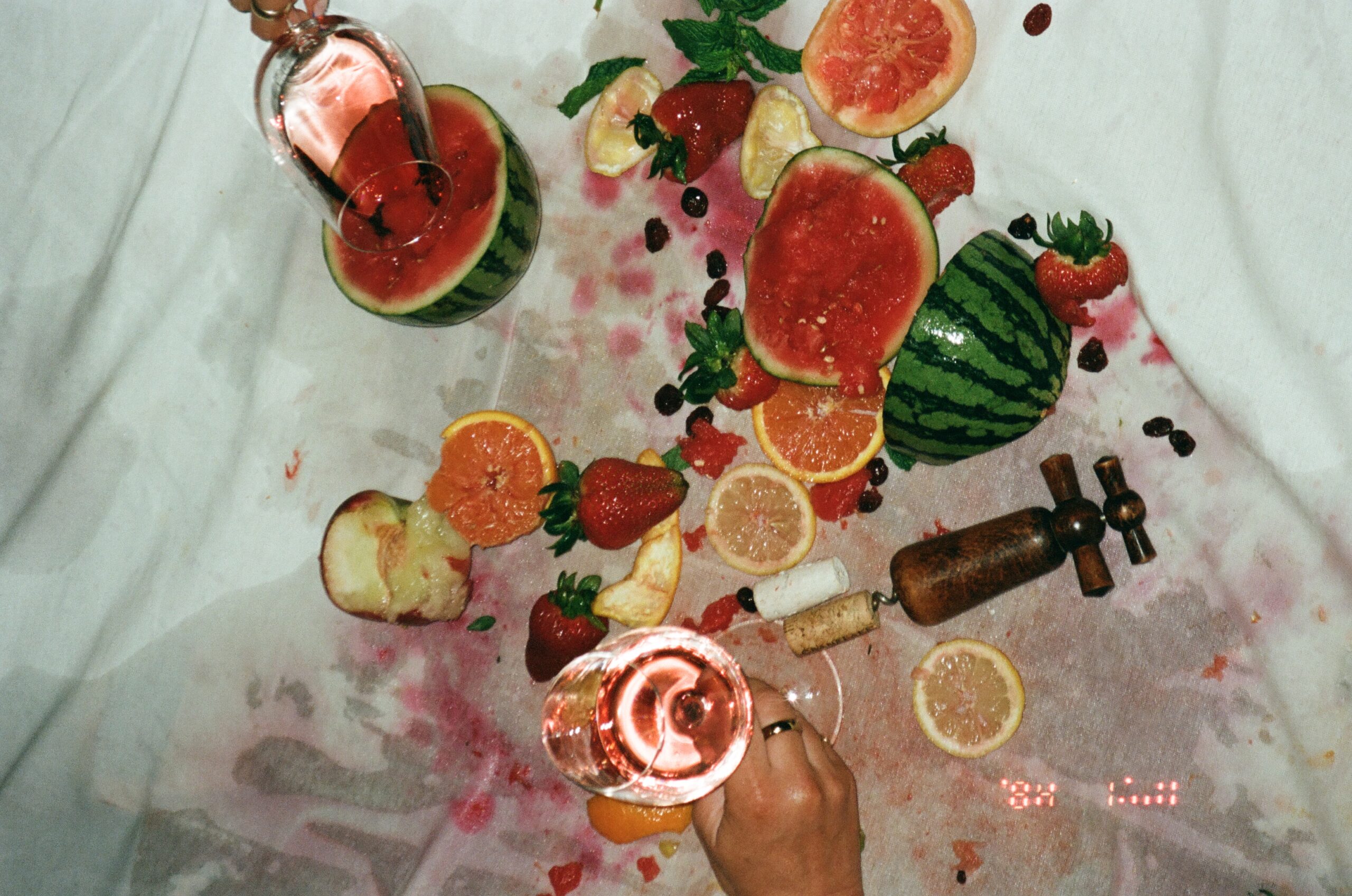Pairing
Rosalia & Goyo Garcia Viadero’s: Joven des Vignes Viejas” (or any low intervention Tempranillo)
History and tradition run deep in wine. Honestly, that’s a huge understatement…history and tradition are 50% of what the wine world is selling. Trends may come and go but the Bordeaux Cru Classification system of 1855 will never die. And why would anyone want it to? Reputation and tradition sell wine. They make money. And for the most part, they can also taste dependably good. All over Europe, winemakers’ lineages can go back generations. Some families have been producing wines for hundreds of years. THE SAME WINES. FOR HUNDREDS OF YEARS. Year after year, families (or corporations) in Europe have perfected their craft, genetically inheriting wisdom on how to cultivate the land and manipulate the juice to create a product that is dependable and recognizable, passing the weight of a hallowed cellar to the next in line. But for a small but growing group in the old world, a few purposeful deviations are popping up.
Enter, the artist Rosalia and her 2018 album El Mal Querer. A Catalonian artist with Flamenco roots, Rosalia studied the traditional Andaluscian art form for years, perfecting the intense and emotional rhythms and vocal modulations of Arabic-influenced Flamenco. For most artists, this is the whole goal. Master the craft, teach the tradition, keep the culture alive. But when Rosalia broke out with her album, El Mal Querer (roughly translated to ‘The Bad Desire”), she manipulated her heritage, threw it through a vocoder, slapped some insane samples next to the foot stomps and hand claps and distilled it’s elements into a break up concept album of the highest order.
In most of the songs on this album, the roots of Flamenco are present and not in that “she was really inspired by and if you listen really closely you might be able to catch the reference on track 8” kind of way. The Flamenco sounds rattle and clap loudly to form the backbone of the music. Her voice, propelled by the devastating emotional weight that Andluscian women have trained for centuries to create, moves the modern production and loop driven beats into a place of depth and authenticity that pop music rarely reaches.
For anyone who has heard Flamenco before, these sounds are familiar and yet, they are obscured, distorted and renewed by 21st century bass, loops, samples and sound effects.
Paired with El Guincho, one of Spain’s most creative producers, El Mal Querer moves a cultural art form out of antiquity and into the internet era.
A few tracks that blow my mind off this album and demonstrate this old world/new technique quality:
Track 4: DE AQUI NO SALES – Cap 4: Disputes – A song that samples the sounds of a domestic dispute (a revving car/ sirens) to create the backbone of a driving flamenco beat, evocing 21st century impassioned machismo particularly well. Without knowing a lick of spanish, the break up story is clear and brought through sonically.
Track 11: A NINGUN HOMBRE – Cap.11 Poder – An intense shot of a song full of pure devastating romance that ends the album with a haunting secondary vocoder voice that transmits the idea of a duet with a dark subject.
Since this album, Rosalia has gone on to worldwide fame and released several other stellar albums including 2022’s Motomami.
So at this point, you’ve figured out what the I’m trying to get at, because, I’m not subtle and it’s in the title. Tradition is a gorgeous part of human culture. It can be connecting, vivid, astounding, and perplexing. But it can also be limiting. If you can strip tradition to its basic elements to use as building blocks for experimentation, you can create something equally authentic and arguably as important.

THE WINE:
Goyo Garcia Viadero’s: Joven des Vignes Viejas” i.e – young wine from old vines.
Goyo is from a legendary winemaking family in the Ribera Del Duero viticulture area in northern Spain. The region has become famed for Tempranillo – the most Spanish of all the varietals, just like its other regional brother from the north, Rioja but in Ribera, the landscape is harsh and the vines truly struggle through the seasons, leading to intense, powerful wines.
Tempranillo is a native grape to Spain, and over centuries has single-handedly transformed Spain’s reputation in the wine world. There have been centuries of tradition stacked on the shoulders of this grape, pressing the juice down into a big, warm, oaked wine.
But Goyo’s take here breaks tradition. Freed from the restraint of oak and using only stainless steel tanks to ferment and age, the more delicate nuances of Tempranillo shine brightly without being disguised by vanilla, spice and wood.
This wine honors the tradition of Spanish winemaking, using only dry-farmed Tempranillo here but by not aging, it allows for a concentrated intensity to push towards the front in a way not always seen or appreciated. It isn’t a tannic nightmare…Shit is still luscious as hell with a soft velvety texture, deep ruby tone and curves for days. She is young and sexy, wearing a leather skirt and drinking a cherry coke. and she listens to Rosalia…Loudly.
